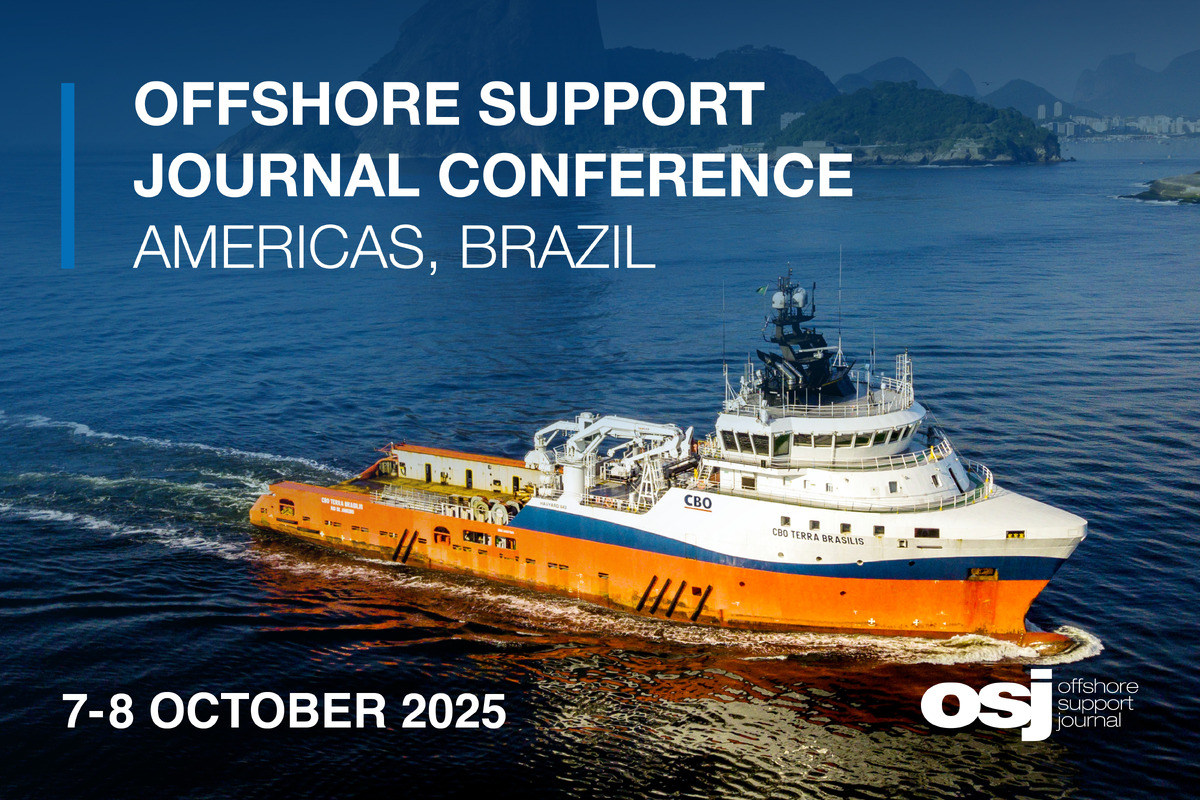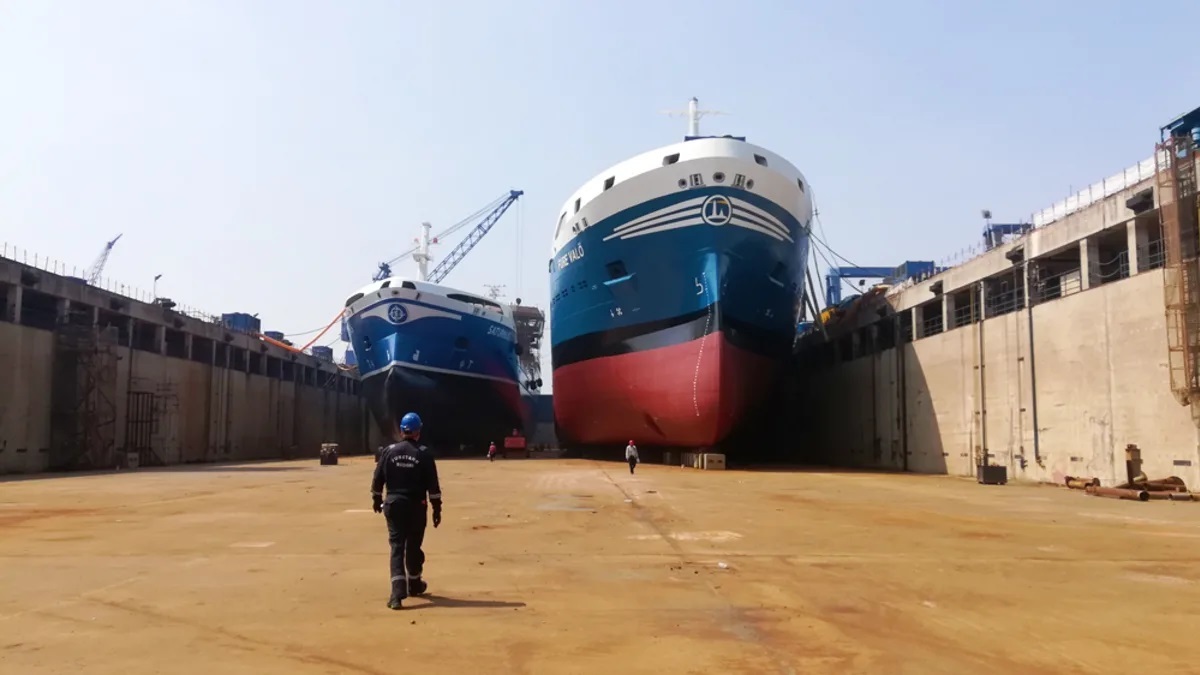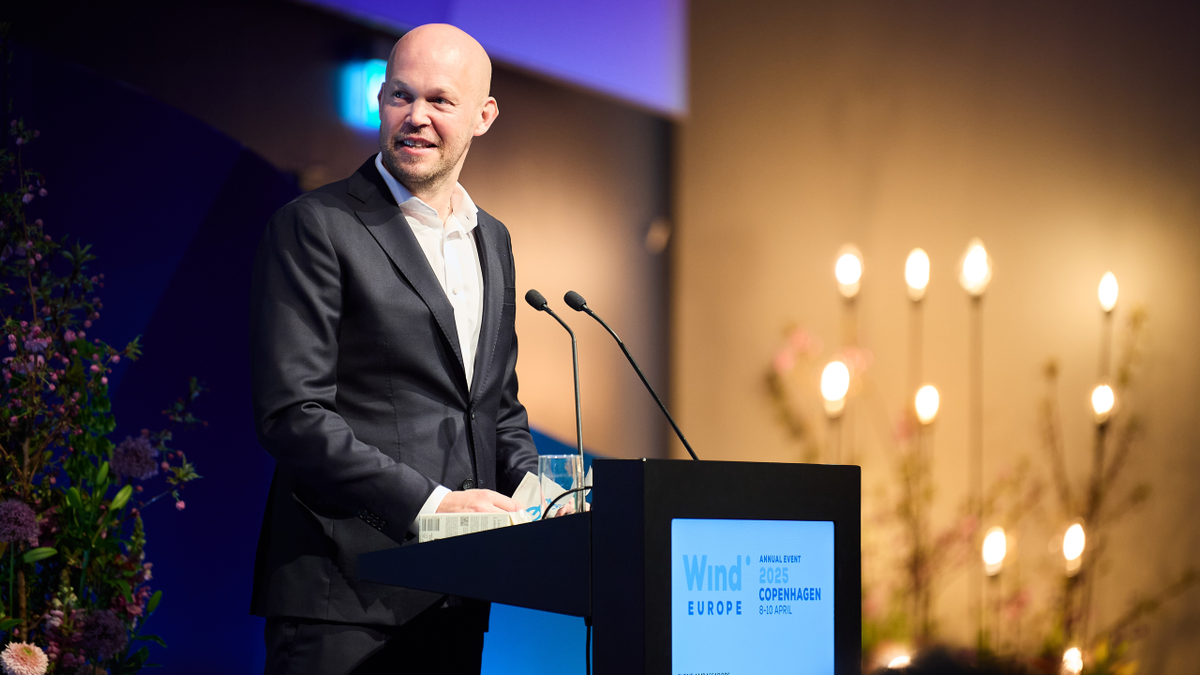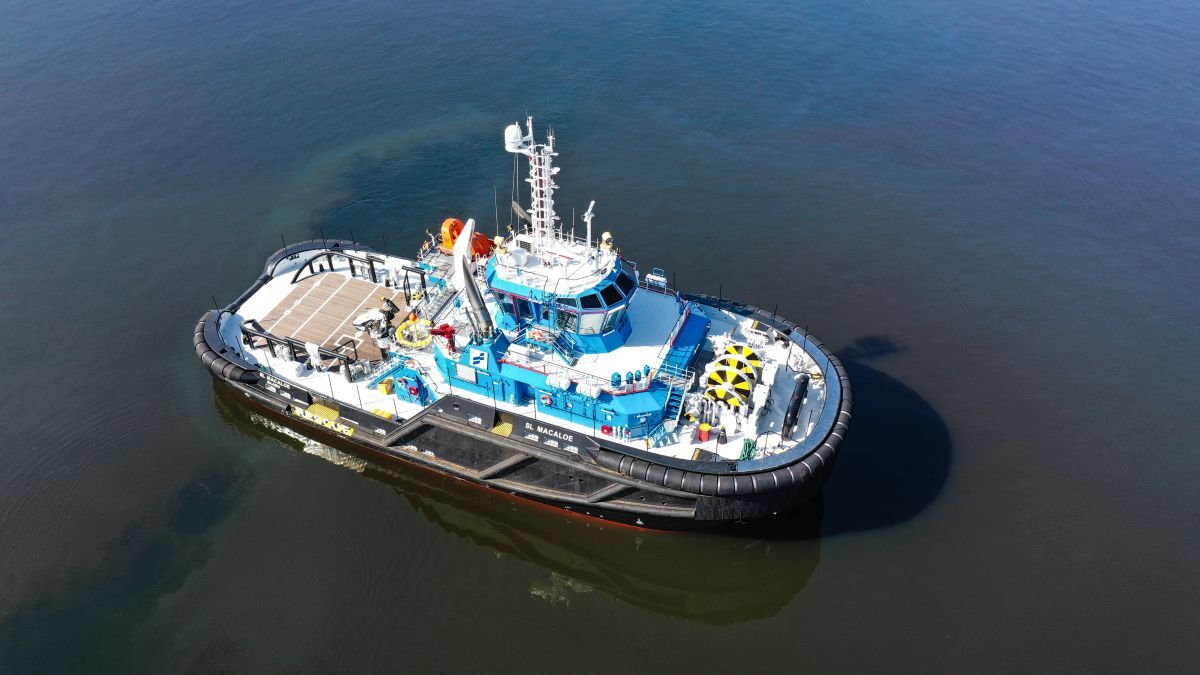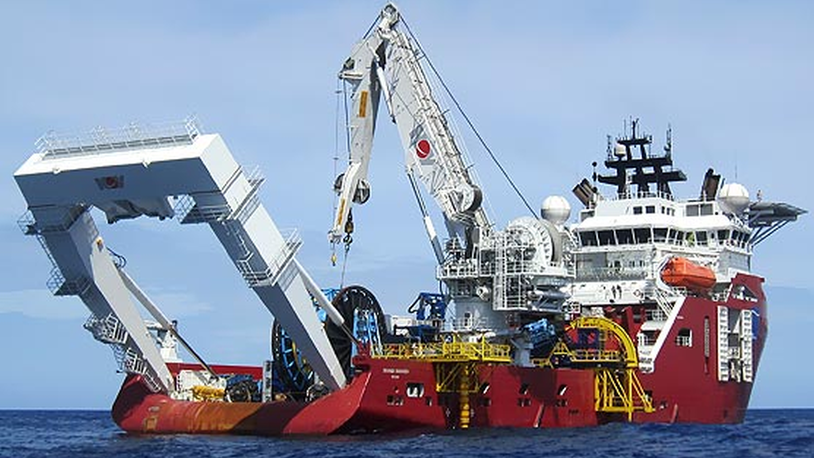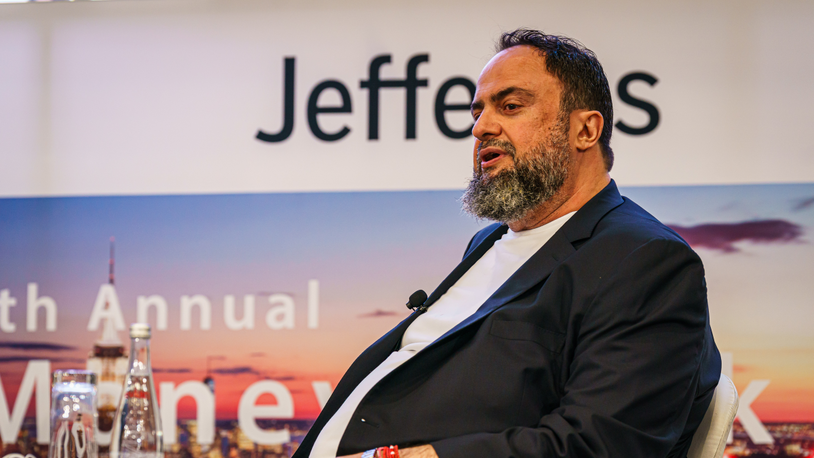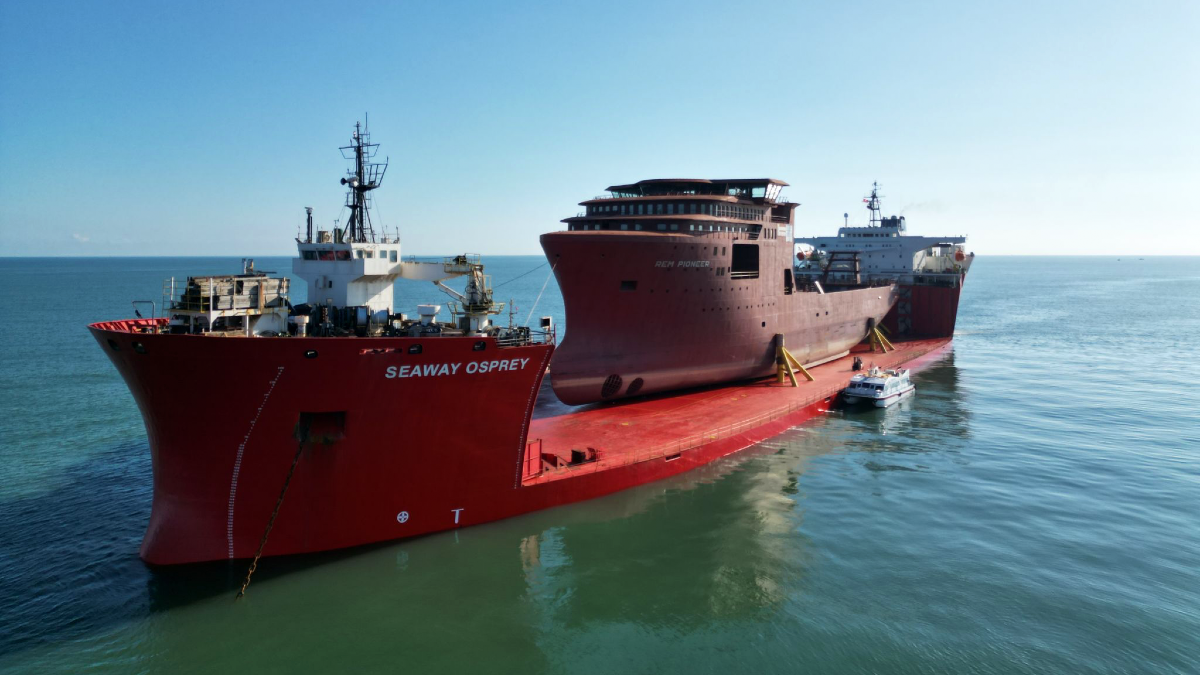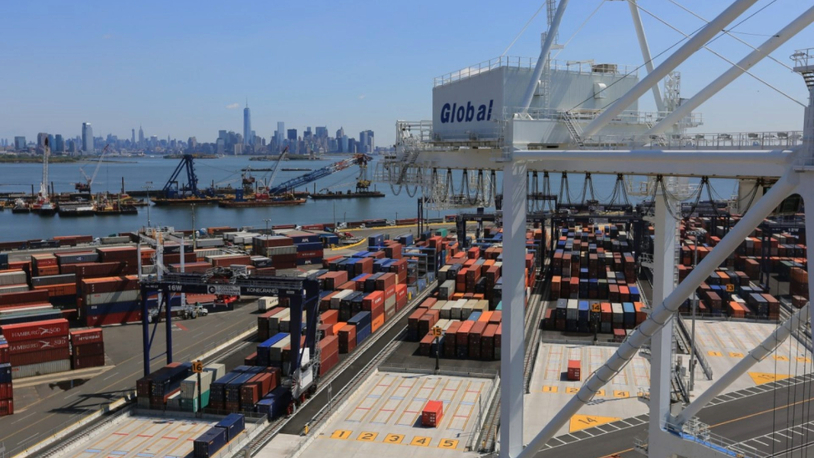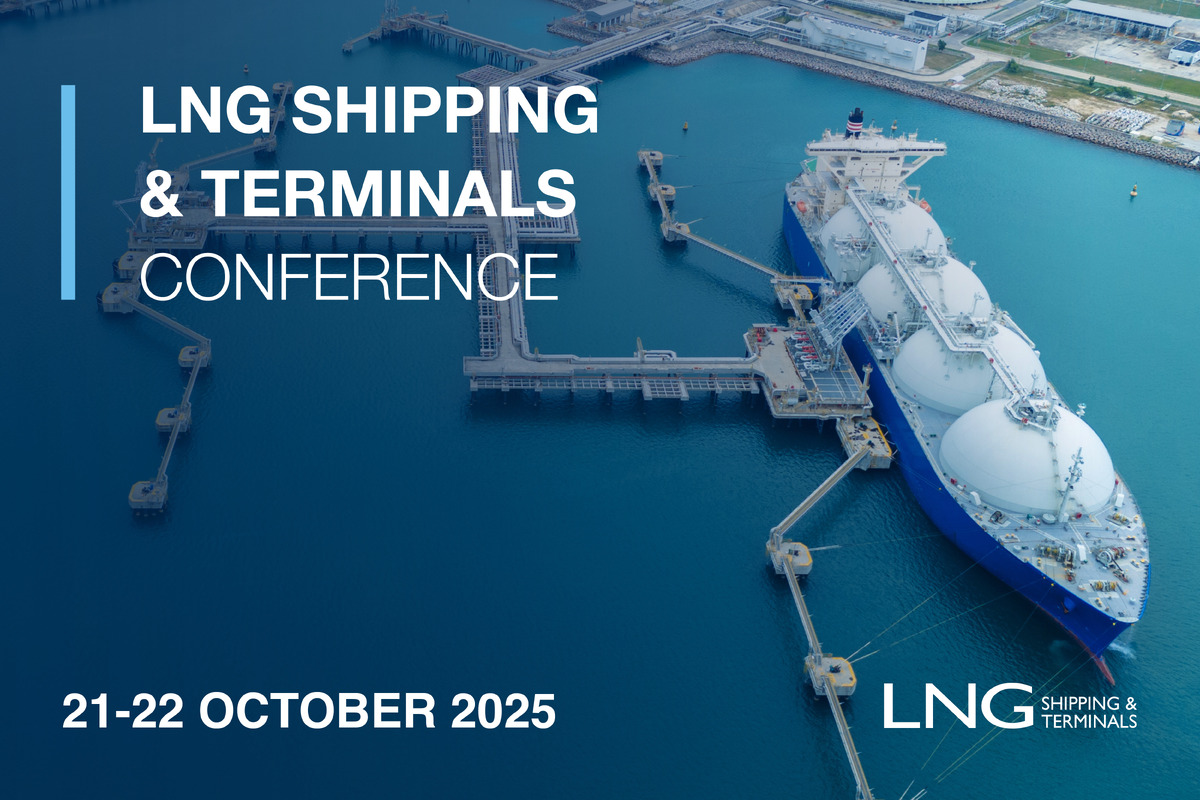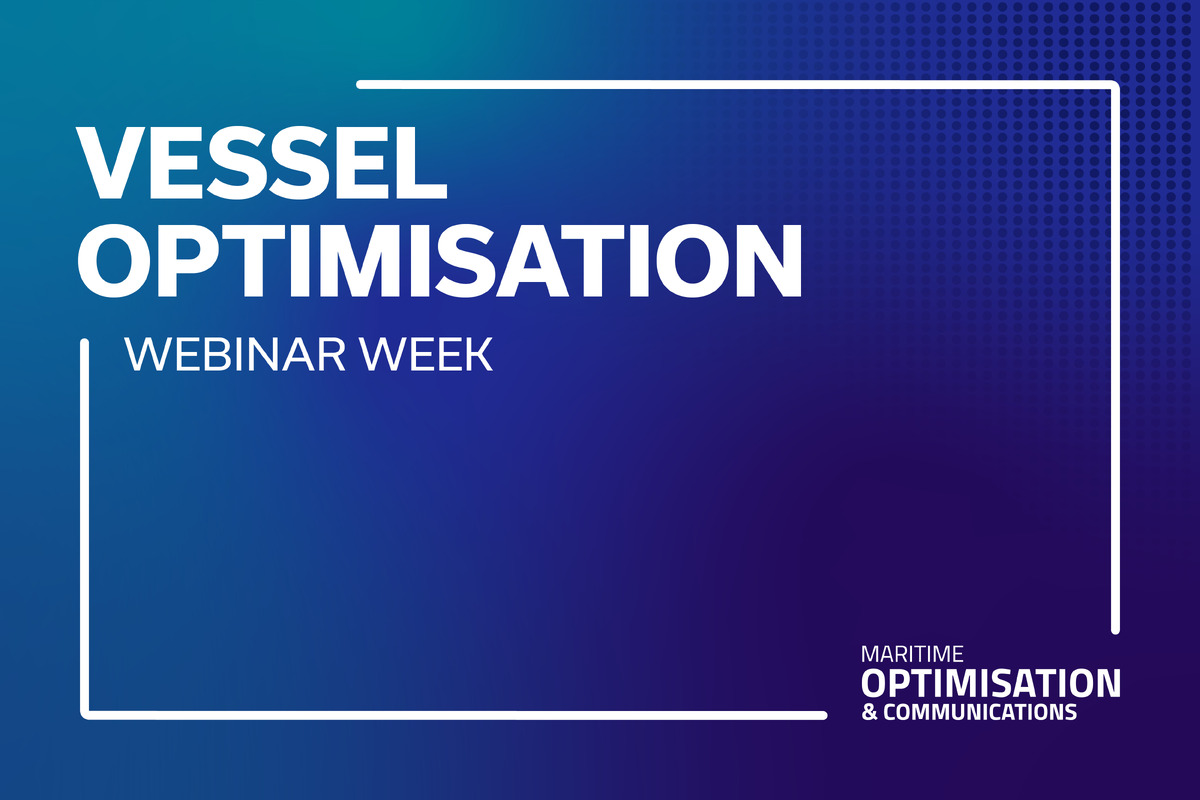Business Sectors
Events
Contents
Tankers: buy, sell or hold?
Tanker owners have tough choices to make, says shipbroker Poten & Partners’ latest tanker market analysis
The oil tanker industry is in a transition period at the same as it is slowly coming out of a depressed rate environment while facing geopolitical turmoil. Within the industry, especially among the publicly traded companies, we are seeing some movement towards consolidation as investors are positioning themselves for the next upturn. While it is not new for our industry to be pulled in several different directions at the same time, the current situation highlights the particular challenges facing shipowners today.
While the tanker market experienced a brief rate spike in Q2 2020, the impact of Covid-19, and the oil demand destruction that came with it, has been overwhelmingly negative for both crude oil and product tankers. Freight rates continued to be challenging until the Russian invasion of Ukraine in February this year. The international sanctions on Russian crude oil and petroleum products have created significant dislocations and moved tanker rates higher. Crude tanker rates have weakened again, but product tanker rates continue to be strong. However, the world is facing rising interest rates, an ongoing geopolitical crisis and a Chinese slowdown due to their aggressive response to domestic Covid-19 outbreaks. Escalating energy and food prices can easily trigger a global recession, which will hurt oil demand.
The above situation does not provide tanker owners with a strong incentive to invest in their business. But the uncertain rate environment is not the only problem. After a long period of low (or negative) earnings, companies are also faced with high newbuilding prices and long delivery times. This is the result of booming newbuilding orders for container ship and LNG carriers (Chart 1). These higher value vessels have filled up the orderbook for the next few years. The price of a standard VLCC has increased to US$115M (Chart 2). This is the highest VLCC newbuilding price since 2009, the tail end of the shipping ’super cycle’. Even if an owner is willing and able to pay this price, he will not be able to take delivery until 2025. The situation for smaller tankers in not much better.
At US$115M for a standard VLCC, an owner needs on average about US$33,500 per day for the next 20 years after delivery to break even on the investment. Given where earnings have been in recent years, this requires quite a leap of faith. Especially considering tanker shipping is no longer considered a ’growth’ industry. The world is increasingly concerned about climate change and wants to move away from fossil fuels and toward renewable energy. However, even if the tanker industry has limited growth potential, existing vessels only have a limited life span and replacement tonnage will still be needed. That raises another question: What propulsion system should an owner choose?
The need to reduce greenhouse gas emissions and reduce the carbon intensity of shipping has led to new environmental regulations such as EEXI and CII. The eventual phase out of fossil fuels has forced owners to think about alternative engine choices. Dual-fuel engines that are able to run on fuel oil as well as LNG (considered a ’bridge fuel’ to other alternative fuel options) were a popular choice in recent years, but significant price increases for LNG have made that fuel choice uneconomical at the moment. Other options, such as methanol, biofuels and hydrogen are currently less viable. Unfortunately, since there is no ’one size fits all’ solution to decarbonisation, there is no consensus or clarity about the best option for alternative fuels.
Because of the low earnings, high prices and the uncertainty around the fuels of the future, many shipowners are sitting on their hands. They are not ordering. New orders for tankers in 2022 so far have been extremely low. Our records show that only five new orders were placed in Q1 of this year. As a result, the tanker orderbook for delivery over the next few years continues to decline.
The VLCC orderbook is down to 6.5% of the fleet, while 19% of the VLCC fleet is at least 18 years old. For the other tanker segments, the numbers are even lower. If oil demand recovers and scrapping returns to normal levels, our industry is likely to face a capacity crunch in the next few years. This could lead to a significant boost in tanker earnings.
Riviera Maritime Media will provide free technical and operational webinars in 2022. Sign up to attend on our events page
Related to this Story
Events
Offshore Support Journal Conference, Americas 2025
LNG Shipping & Terminals Conference 2025
Vessel Optimisation Webinar Week
© 2024 Riviera Maritime Media Ltd.
